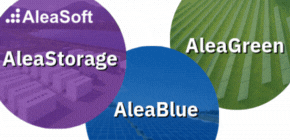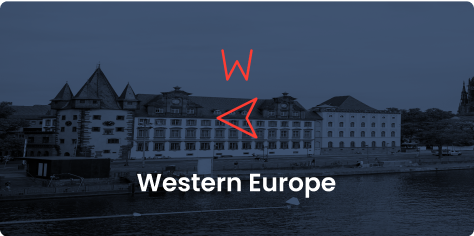Spain is advancing in the incorporation of agrivoltaics, but within an incomplete regulatory framework. This summer, the IDAE awarded €77 million to 62 projects, with the obligation to install sensors, establish control plots and carry out five years of monitoring. Although the measure is a relevant step, many developers doubt their ability to meet the deadlines and fear that excessive administrative requirements will slow down deployment.
“In Spain we still lack a legal framework; we have all the indications that this can be done through the PNIEC or the Climate Change Law, but legislation is lagging behind. That creates legal uncertainty,” states Martín Behar, Director of Research, Regulatory, and Environmental Affairs at UNEF.
In conversation with Strategic Energy Europe, the executive explains that the main challenge is to make agrivoltaics compatible with Common Agricultural Policy (CAP) support. In June, the Ministry of Agriculture launched a public consultation which, for the first time, mentioned agrivoltaics in Article 9 on direct payments. “If it is a plot where there are panels, it is declared unproductive. But if they are agrivoltaic systems, it could be registered as productive land and receive that aid,” Behar explains.
The problem, he warns, is bureaucratic complexity. Farmers must change the land use designation, undergo inspections, and then re-register the plot in the cadastre. “In reality what they are creating is an enormous regulatory mess. There is good will, but if it is applied this way, it will be a burden and no one will do it,” says the UNEF executive.
The underlying debate, according to Behar, is how to measure the profitability of these installations. “We believe it should be measured with the LED or LAN, the ratio that measures total land productivity, and not only energy production. It is not about debating whether there is more agriculture or more photovoltaics, but about combining both,” he affirms.
Compared with Europe, Spain is still a step behind. Italy, for example, has set concrete targets in its PNIEC and channels strong investments thanks to restrictions on photovoltaics in irrigated land. France and Germany have also regulated animal welfare within their agrivoltaic frameworks, something Behar considers essential. “What we want is a three-way relationship: crops, energy generation and livestock. That means designing projects that integrate forage, regenerative grazing and direct benefits for the soil,” he indicates.
The livestock sector could also be strengthened. “This can be beneficial for farmers themselves, because they diversify income and improve animal welfare. In summer, cows seek the shade of the panels to avoid heat stress, and that leads to a better quality of life and even to improved wool or milk production,” Behar adds.
Social acceptance is another key issue. These projects require direct coordination between developers, landowners and farmers. However, there is still no legal framework defining lease contracts or partnerships between the parties. Behar believes that regulation should not be overly detailed: “Any technical specifications on height or panel type will end up responding to manufacturer pressure. That would be too narrow a vision of what agrivoltaics is.”
France illustrates the risks of overregulation. According to Behar, “so much regulation was introduced there that project development became very complicated, and the simplest option ended up being livestock grazing under raised structures.” For Spain, the recommendation is clear: to move forward with a flexible framework, recognising agrivoltaics as a productive use within the CAP, while leaving space for technological innovation and adaptation depending on the crop and territory.
With more than 60 pilot projects underway and growing investor interest, the future of agrivoltaics in Spain will depend on the ability to articulate regulation, the CAP and the agricultural sector into a common model. As Behar concludes, “what matters is the total land productivity. That is the real debate ahead of us.”





























